How to move house with your plants
Moving house can be very stressful. Your plants don’t like it much either. Follow these simple tips to make moving day as smooth as possible for everyone.
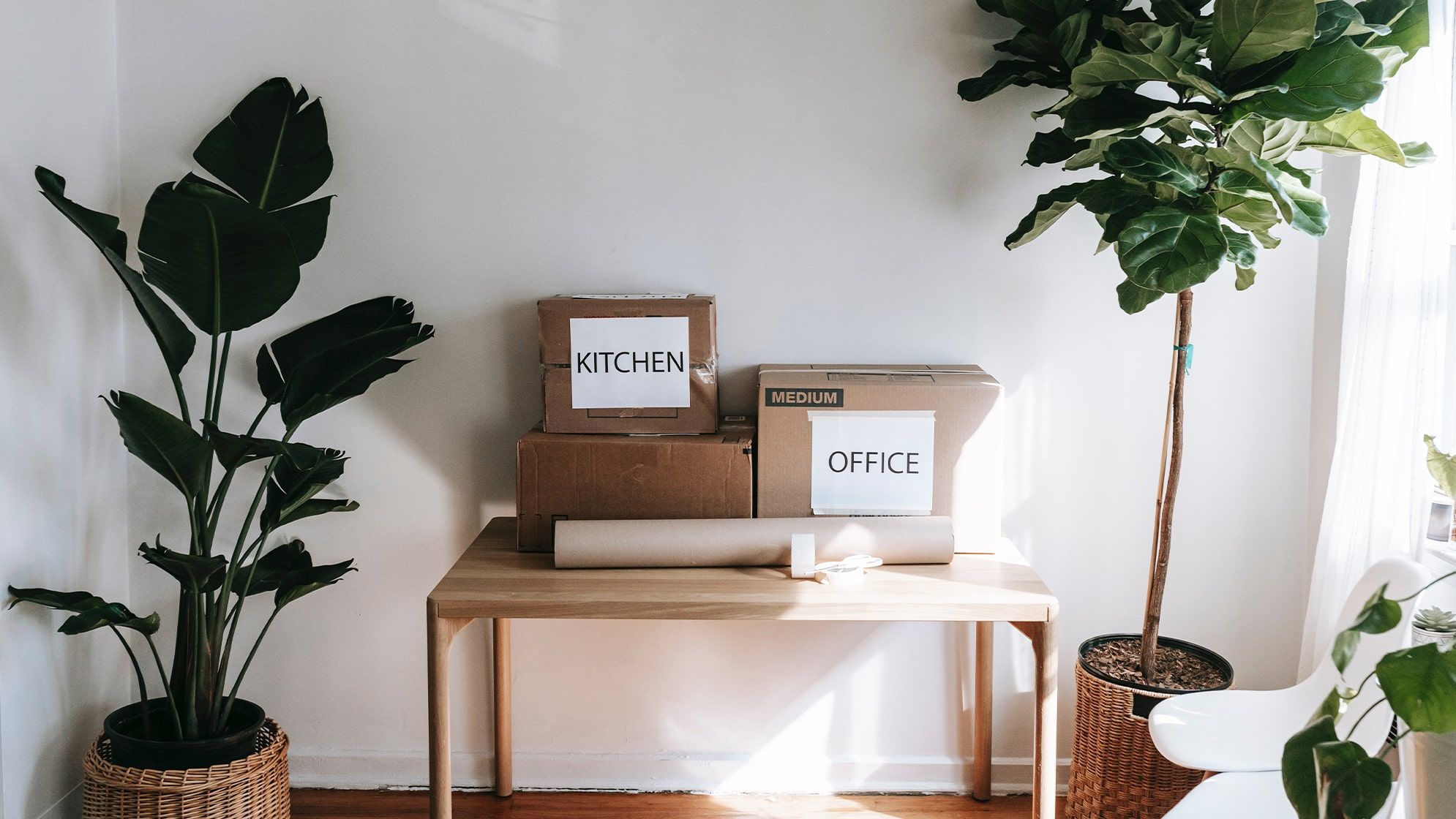
If you’re preparing to move house, you’ve probably got more than enough to worry about. Moving your houseplants shouldn’t cause you major worry, but it can be a stressful time for them. Plants don’t like change, so going somewhere with new light, humidity and temperature levels means they have to adjust to an entirely new environment.
There are some simple things you can do to keep your plants relaxed and help them adjust to your new home as quickly as possible.
- Don’t water right before moving, so they’ll be less heavy
- Consider pruning larger plants
- Wrap large plants in fleece to protect them
- On arrival, unpack your plants immediately
- Leave them somewhere bright and warm for a few days
Here’s how to get through the whole process smoothly.
Before moving day
Speak to your removal company
If you’re moving a lot of plants and you’re using a removal company, let them know well in advance that you’d like them to transport your greenery. Plants are delicate and easily broken, so some companies prefer not to take them.
Ideally, take the plants in your own transport, as you’ll be most cautious with them.
Check your plants for pests
Before you put all your plants in the same place, give them all a check over to make sure there are no bugs on any of them. You don’t want to risk infecting the whole lot.
See our guide to bugs so you know what you’re looking for and how to get rid of them.
Don’t water right before moving
Don’t water your plant within three days of the move. This will mean they’re less heavy on the day and eliminate the risk of them leaking.
Consider pruning
For mature plants, it’s worth considering pruning them back a bit before you move. If you prune plants back into a compact shape there’s less risk of long limbs being broken.
You can find our guide to pruning here. Pruning isn’t essential, so don’t worry if you’d rather not.
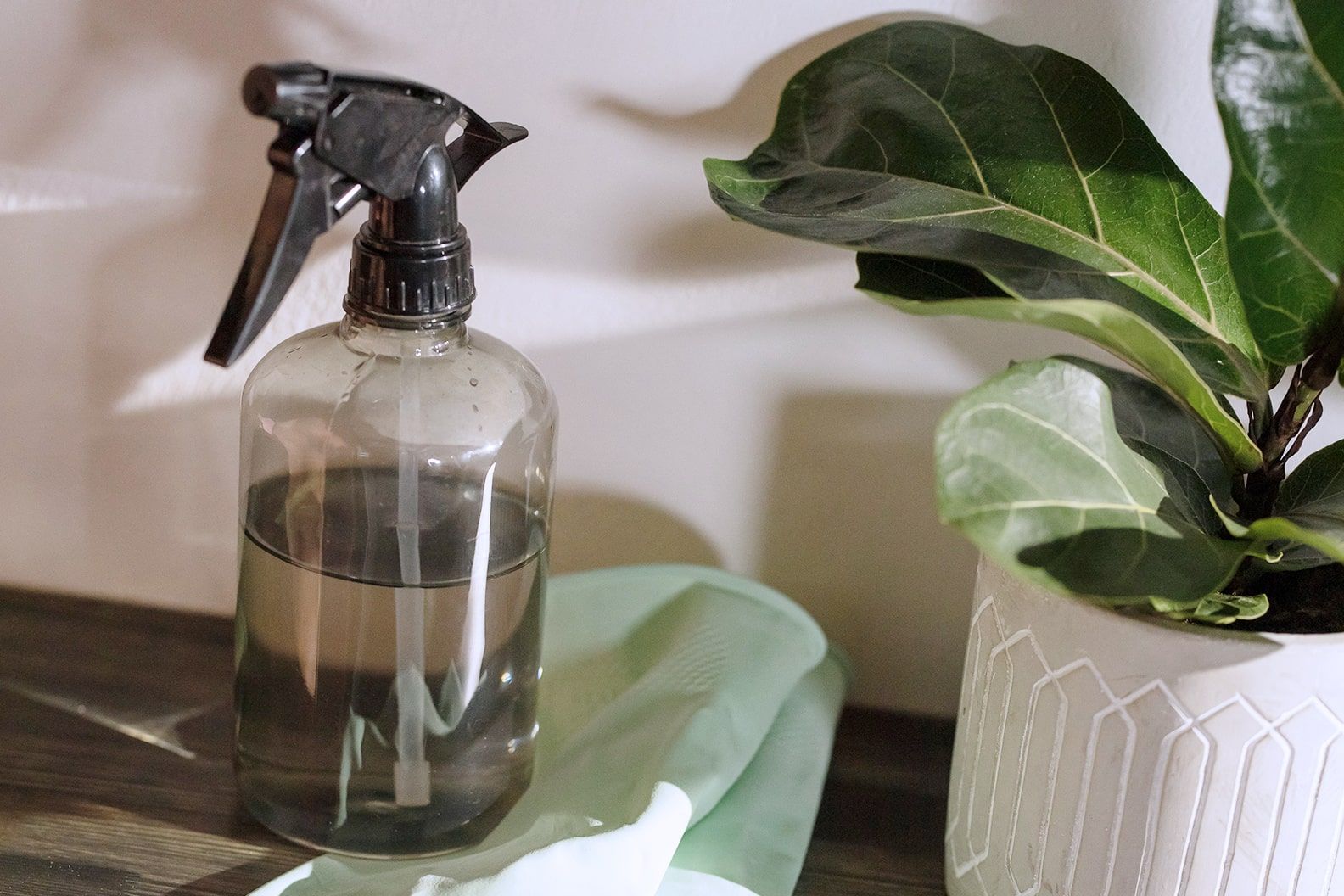
On moving day
Remove from decorative pots
If practical, consider taking your plants out of their decorative pots, so that they’re just in their plastic nursery pot. This will make them lighter to carry.
It will also reduce the possibility of breaking your favourite pots, because you can wrap them up and pack them separately.
Wrap large or delicate plants
Where possible, place plants in individual boxes and secure them with scrunched up newspaper or biodegradable packing peanuts. You want them secure but not squashed.
For very large plants that won’t fit in boxes, like fiddle leaf fig trees, try wrapping them in horticultural fleece. It’s designed to keep plants warm in winter, but it will provide some padding without weighing your plant down.
Insulate plants in winter
If you’re moving when it’s very cold, you might want to get quite a lot of horticultural fleece. Carefully wrap your plants in this before you box them up.
Temperatures below about 5 degrees can cause damage to your plants, so minimise their exposure to the outside elements.
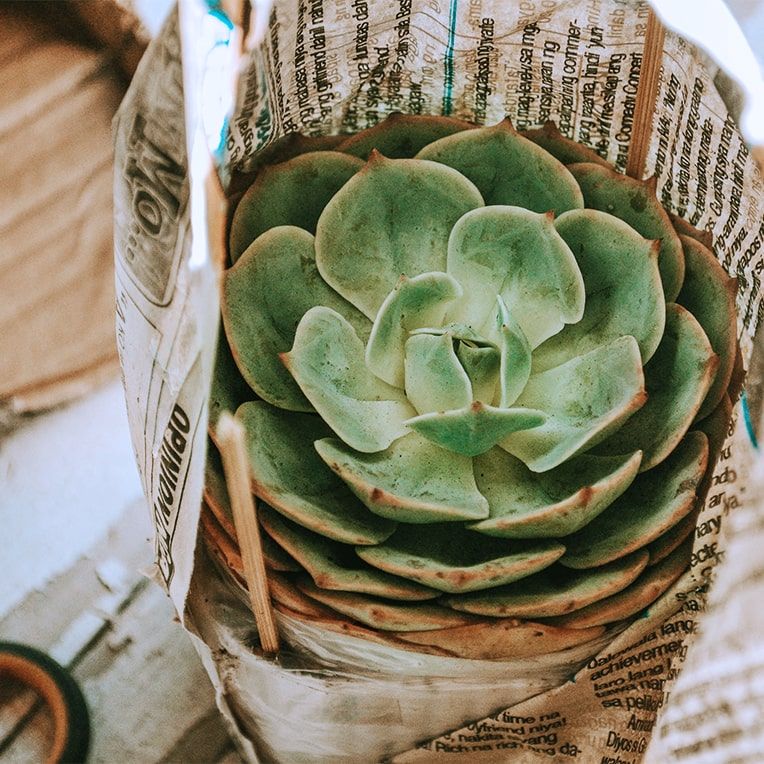
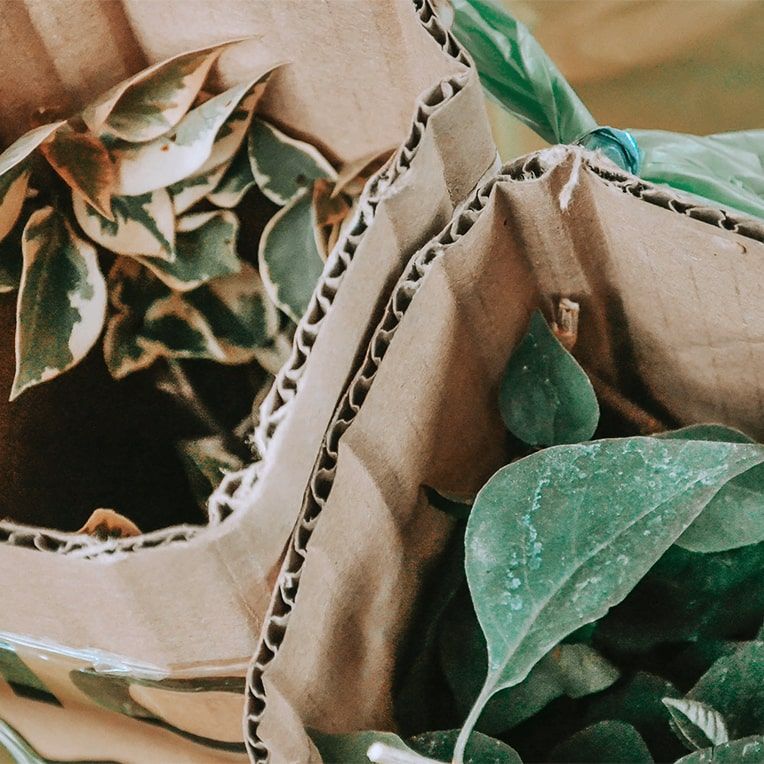
In your new home
Unpack immediately
Unpacking is the worst, but even if you leave all the kitchen stuff for a few days make sure to unpack your plants quickly after you arrive. They won’t like sitting in the dark.
Put your plants somewhere calm
When you get to your new place, make things nice and relaxed for your plants. They want somewhere neutral while they settle in.
Put them together, somewhere that’s got a medium level of light (no direct sun, but not shady). Don’t water them immediately but give them a good spritz with a mister. When you water them, make sure it’s gentle, not a full soak. Leave them in that spot for at least 3-4 days.
No feeding straight away
While your plants acclimatise, you don’t want to cause them any stress. In this case, that means avoiding feeding, pruning or repotting for at least a couple of weeks.
Doing these things would put your plants into growing mode, which is not what they need when they’re adjusting. Let them get the feel of the place. In no time at all you’ll all feel settled in your new home.
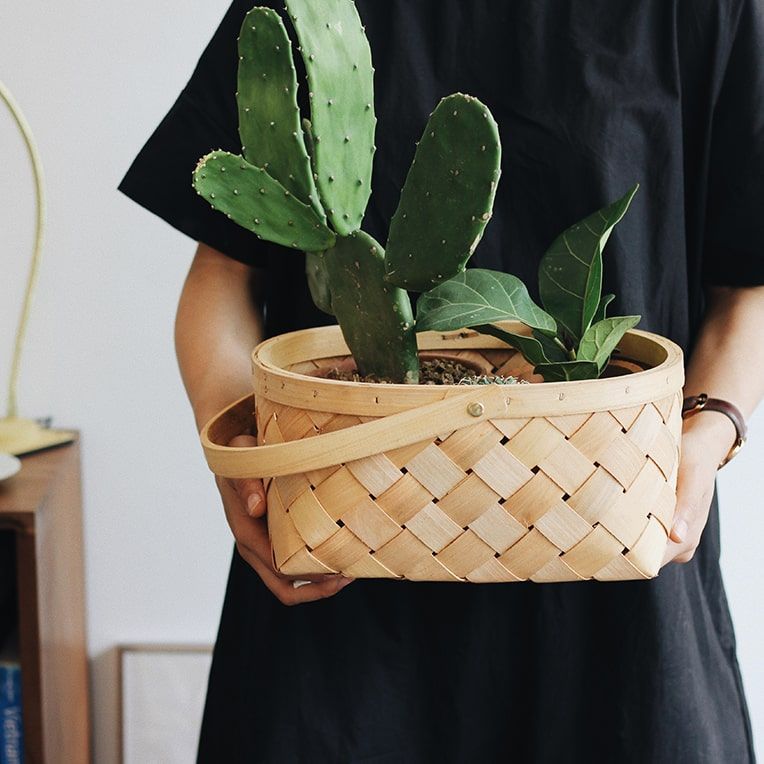
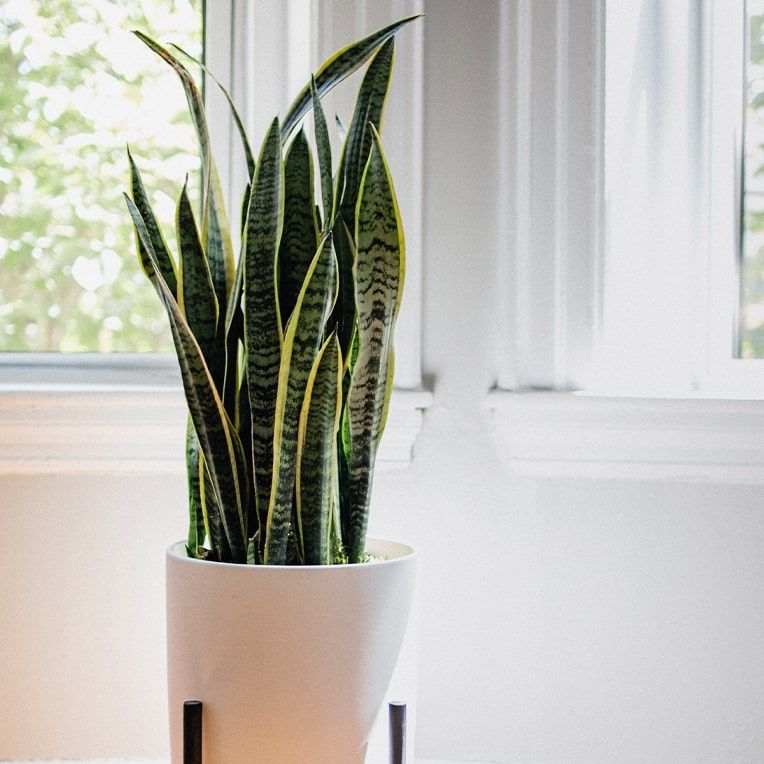
Rewild your inbox
Plant tips. Special offers. No spam.
You might like
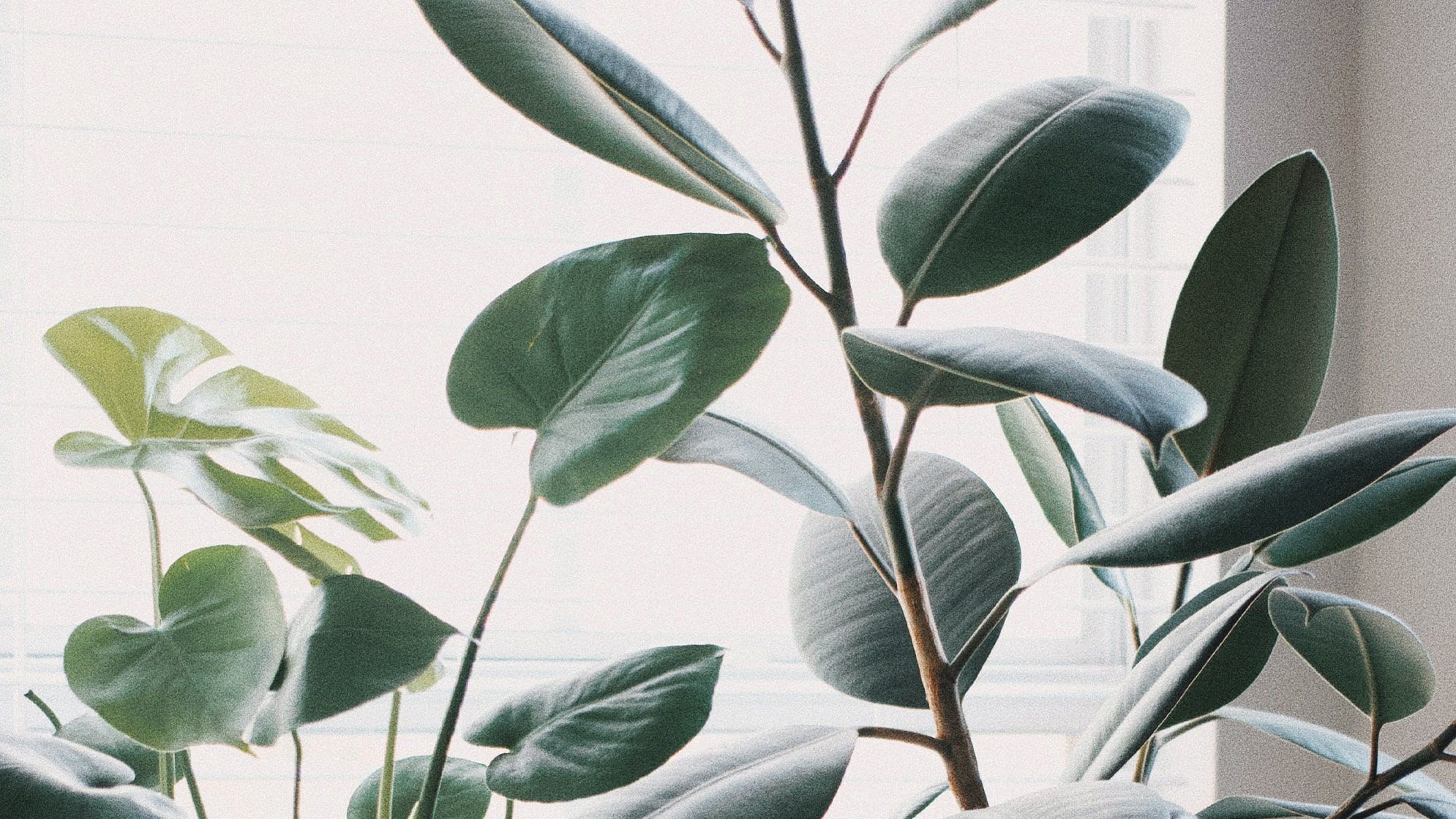
Complete guide to indoor light
Find the right plants for your home
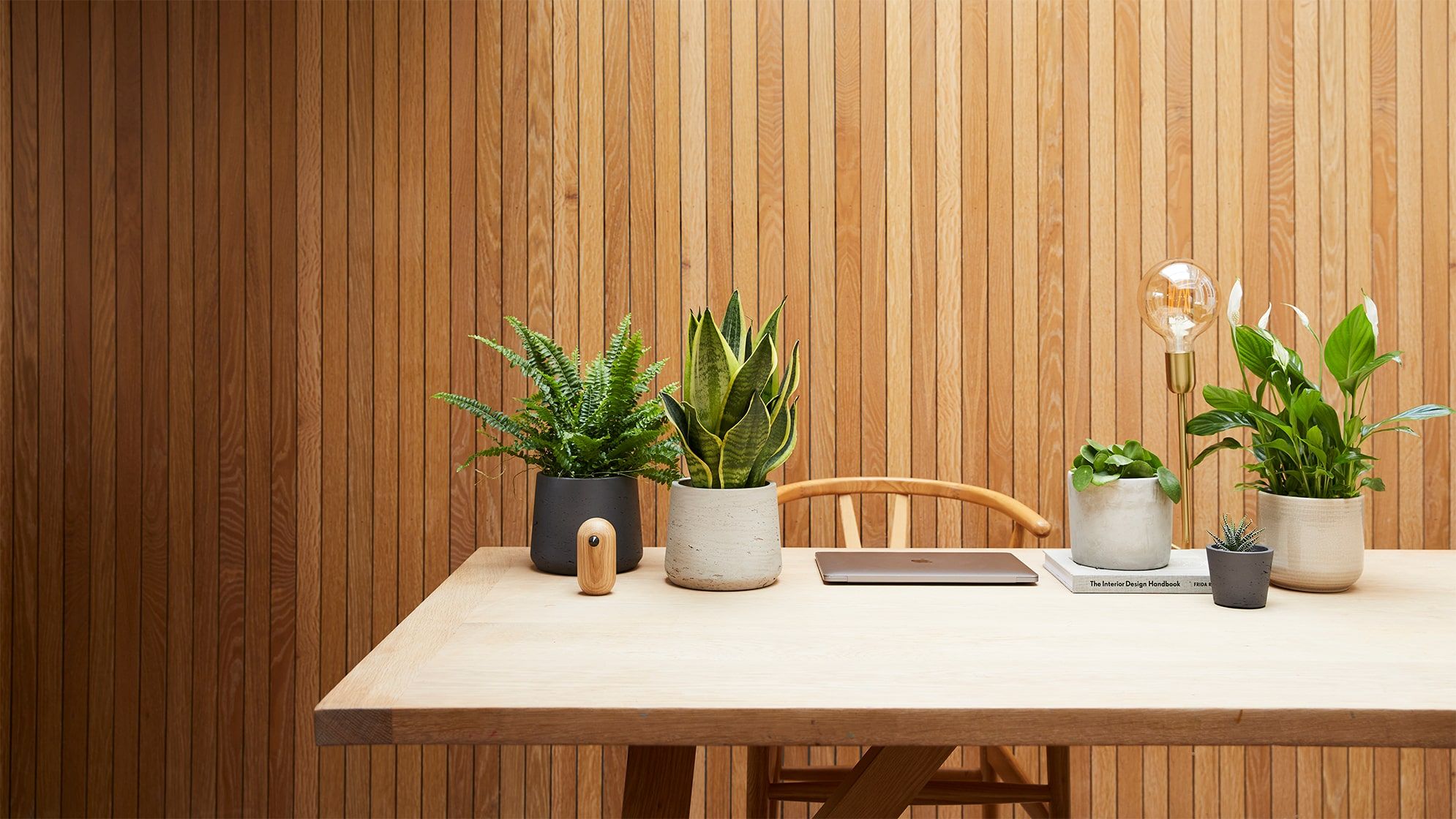
Improve your home office with plants
They make you work harder and happier
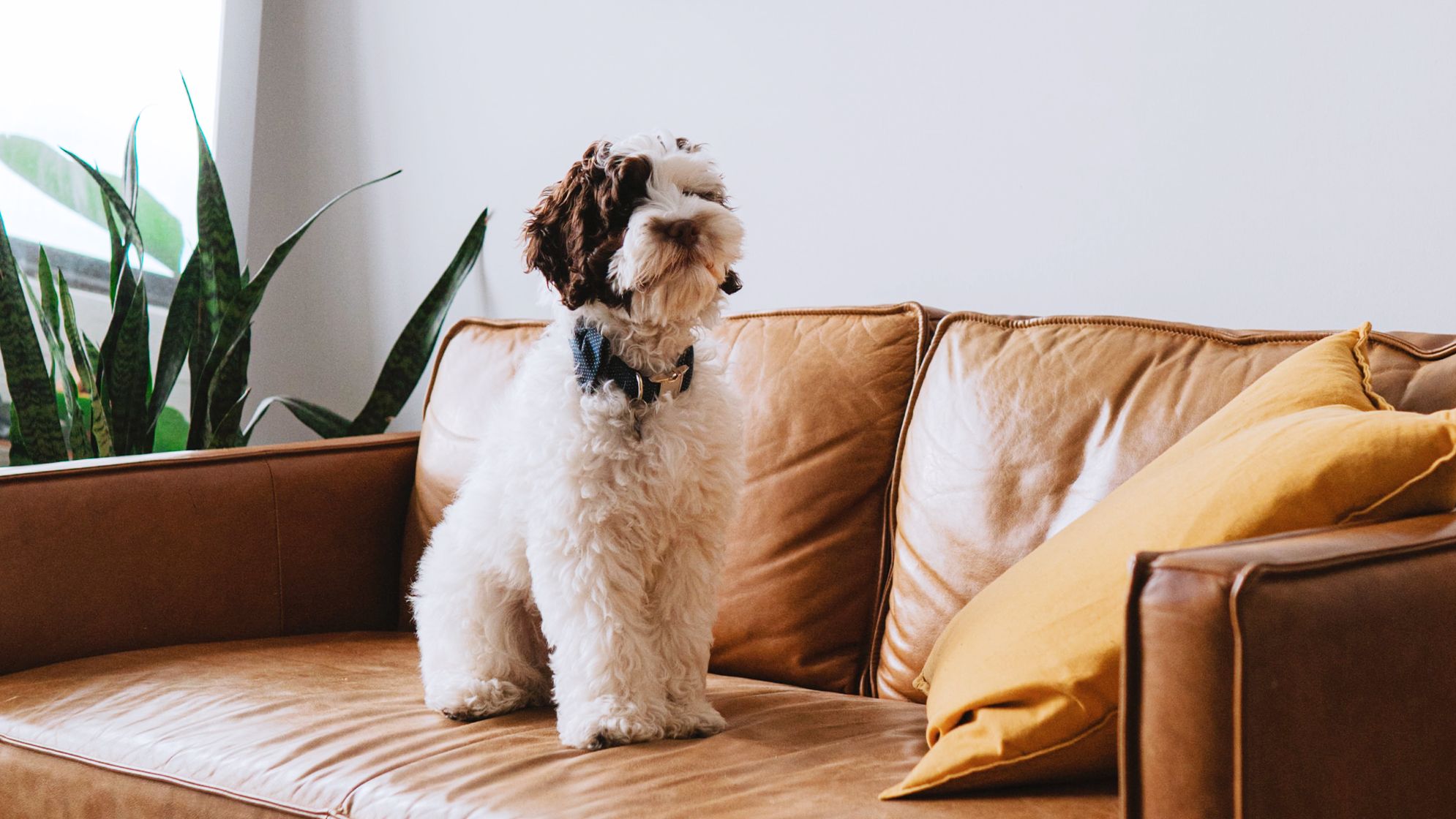
How to make your plants dog-friendly
Help your furry friend and plant pals get along
